In case your time is short
When you’re choosing a NOC partner, don’t just look at pricing or promises. Ask the right questions about where their teams are based, how they use automation, how incidents actually get handled, and whether they’ll scale with you. The best partners are transparent about their performance and have real operational discipline—not just 24x7 coverage.
INOC delivers NOC support that’s built for long-term success: fully onshore or hybrid models, smart automation that speeds up resolution (not just alerts), flexible pricing that adjusts to your needs, and full visibility into how we’re performing. We combine deep technical expertise with structured, ISO 27001-certified operations to help you grow and stay ahead of problems—not just react to them.
Choosing the right Network Operations Center (NOC) partner is one of the most critical decisions IT and operations leaders make. And while a proposal might look polished on the surface, what matters is whether the provider can deliver real operational impact once the work begins.
If you’re in the process of reviewing NOC services proposals—or will be soon—you need a way to separate strong operational partners from those who just talk a good game.
Here are seven essential questions you should ask every provider you're evaluating.
1. Is the NOC onshore, offshore, or hybrid—and how does that affect support?
We tend to find that onshore vs. offshore is often the first decision driver companies make when they're going to market for third-party NOC service—even if they’re reluctant to voice it.The real concern isn’t just geography; it’s about response quality, escalation reliability, and customer experience.
Offshore NOCs often mean:
|
Offshore NOCs may promise lower costs, but often at the expense of responsiveness and accountability—especially during critical escalations. You’ll want to understand exactly where teams are based, who is responding to incidents at 2 AM, and what controls are in place to protect your data.
What to listen for: Clarity—.ot vague reassurances. Where is the primary team based? How are escalations handled? What SLA differences exist based on support location?
We operate onshore-first models, with the flexibility to layer in global support if the client’s business case supports it. Our operational philosophy prioritizes responsiveness, regulatory compliance, and seamless escalation—especially critical for sectors like financial services, healthcare, and public sector support.
2. How are automation and AIOps being used to improve efficiency and accuracy (if at all)?
A truly modern NOC isn’t just reacting to alerts—it’s predicting problems and preventing escalations through automation. Automation is often marketed as a magic bullet, but if poorly implemented, it can inundate teams with unnecessary tickets or mask genuine issues.
Mature NOC providers apply automation selectively, improving detection, ticket enrichment, noise reduction, and escalation, not just lowering costs for themselves. The investment should impact your service.
Ask how the provider leverages automation beyond basic alarm processing.
|
We actively deploy automation in ticketing, alert enrichment, noise suppression, and proactive incident detection. We align automation with operational workflows to drive real-world metrics like reducing ticket volumes by 20% and cutting MTTR significantly. Learn more about how we leverage AIOps here.
|
Automation isn’t just about speed; it’s about reducing human error and lightening the workload on Tier 1 teams.
What to listen for:
-
Specific examples of automation outcomes (not just "we use AI").
-
Impact on key metrics like ticket volumes, time-to-resolution, and first-level resolution rates.
-
Balanced human + machine operational model, not automation-only promises.
We apply multi-layered automation and AIOps directly into our core operations. Our systems correlate and enrich related events automatically, cutting noise by up to 50% in many environments. We automate ticket creation, use predictive analysis to identify early warning signs, and ensure critical incidents are always reviewed by experienced staff, not blindly auto-closed. The result is faster resolution, reduced manual effort, and smarter operations where technology empowers, not replaces, skilled people. Learn more about how we leverage AIOps here.
3. What is your incident response workflow—from alarm to resolution?
A NOC’s real value isn’t measured by how fast they open tickets—it’s how intelligently they detect, triage, escalate, and resolve incidents. Without a strong, documented workflow, organizations end up overwhelmed by Tier 3 escalations, delayed resolutions, and frustrated internal teams.
Ask providers to walk you through the entire lifecycle of an incident. Look for structured processes that prioritize Tier 1 resolution, well-defined escalation paths, and the use of runbooks and SOPs to ensure consistent handling.
Really drill into the details here:
|
What to listen for: A structured, tiered workflow with clearly documented handoffs between Tier 1, Tier 2, and engineering teams.
INOC’s incident handling is tightly structured for speed and accountability. Our Tier 1 team typically resolves 65–75% of incidents, minimizing escalation load on clients’ advanced engineering teams. Complex cases are escalated appropriately to Tier 2 and 3 experts. Our standardized escalation protocols and client-specific runbooks ensure each incident follows a consistent, optimized path to resolution. Regular incident reviews further improve our triage efficiency over time.
4. How is pricing structured, and how does it adjust over time?
Many NOC pricing models look simple—until you start scaling up or adding complexity. Some price per port, per alarm, or per device; others charge by ticket volume. What you really want to know: Will pricing reflect the real work being done? Or will it punish you for growing efficiently?
We try to stress the importance of aligning pricing with the actual operational demand—not just the number of devices.
What to listen for: Flexible models that adjust over time based on activity levels, not fixed device counts alone.
We offer adaptive operational activity-based pricing, starting with projected device counts and ticket volumes, and then refining quarterly based on observed activity. This way, customers only pay for the value they receive, and often save substantially over time.
5. What metrics and KPIs will you track and share regularly?
If you can’t measure it, you can’t manage it—and you can’t trust it. At a minimum, expect visibility into:
|
A good partner should also explain how these metrics are gathered, audited, and used to drive continual service improvement. This is something we see very few others doing out in the market.
What to listen for: Granular, actionable metrics—not just cherry-picked SLA compliance numbers that make reports look rosy.
We provide real-time KPI dashboards that give stakeholders full visibility into performance. In addition to live metrics, we conduct quarterly service reviews featuring root cause analysis, trend identification, and improvement planning. Our reporting is customized to each client’s strategic goals, ensuring that data drives both transparency and continual service refinement.
6. How will you scale with our growth or technology changes?
Every IT environment evolves—whether through acquisitions, cloud migrations, geographic expansion, or technology refreshes. A capable NOC partner must scale operationally, technically, and financially without disruption.
Ask providers:
|
This is where many other NOC service providers fall down operationally. They build their own operational model too rigidly to keep pace with their customers, and then essentially punish those customers by charging them disproportionately higher prices for support.
What to listen for: Proven flexibility in scaling teams, adapting tooling, and absorbing growth without disrupting service.
Knowing this is a huge pain point among NOC service providers, we built ourselves for flexibility. We support hybrid, cloud, and on-prem infrastructure, with tooling that integrates flexibly across diverse ecosystems. Living runbooks and CMDBs evolve alongside the environment, and our staffing models adapt rapidly as needed. Regular Discovery engagements ensure we stay ahead of changes—not react after problems arise.
7. What differentiates your operational maturity from other providers?
Many vendors can offer basic 24x7 monitoring. What separates truly mature NOC partners is operational discipline: documented processes, certifications, structured problem management, and proactive service management. This question invites the vendor to show their cards—and you want specifics. Look for discussion of:
|
We always stress the power of structured maturity: it prevents chaos, improves service, and retains client trust.
What to listen for: Evidence of actual operational discipline, not just flashy marketing.
INOC operates with world-class operational rigor. We are ISO 27001-certified, maintain formal service frameworks aligned with ITIL best practices, and deliver proactive problem management alongside traditional incident support. Comprehensive runbooks and CMDB integration ensure consistency, while business continuity frameworks protect against disruption. This maturity transforms NOC support from a cost center into a true strategic asset.
Final thoughts: Own the evaluation process
Choosing a NOC provider isn’t about finding the lowest price or fastest RFP responder—it’s about securing operational excellence for your organization’s future. By asking these seven detailed questions, and knowing what excellence looks like behind the scenes, you can confidently select a partner who will deliver reliability, resilience, and growth support for the long haul.
If you’d like to see how INOC answers these questions in depth—or build a solution customized to your operational goals—we’d be happy to start the conversation.
Let's Talk NOC Schedule a free NOC consultation
Have questions? Want to see if our solutions are a fit? Let's talk! Request a free NOC consultation and we'll schedule some time to connect.






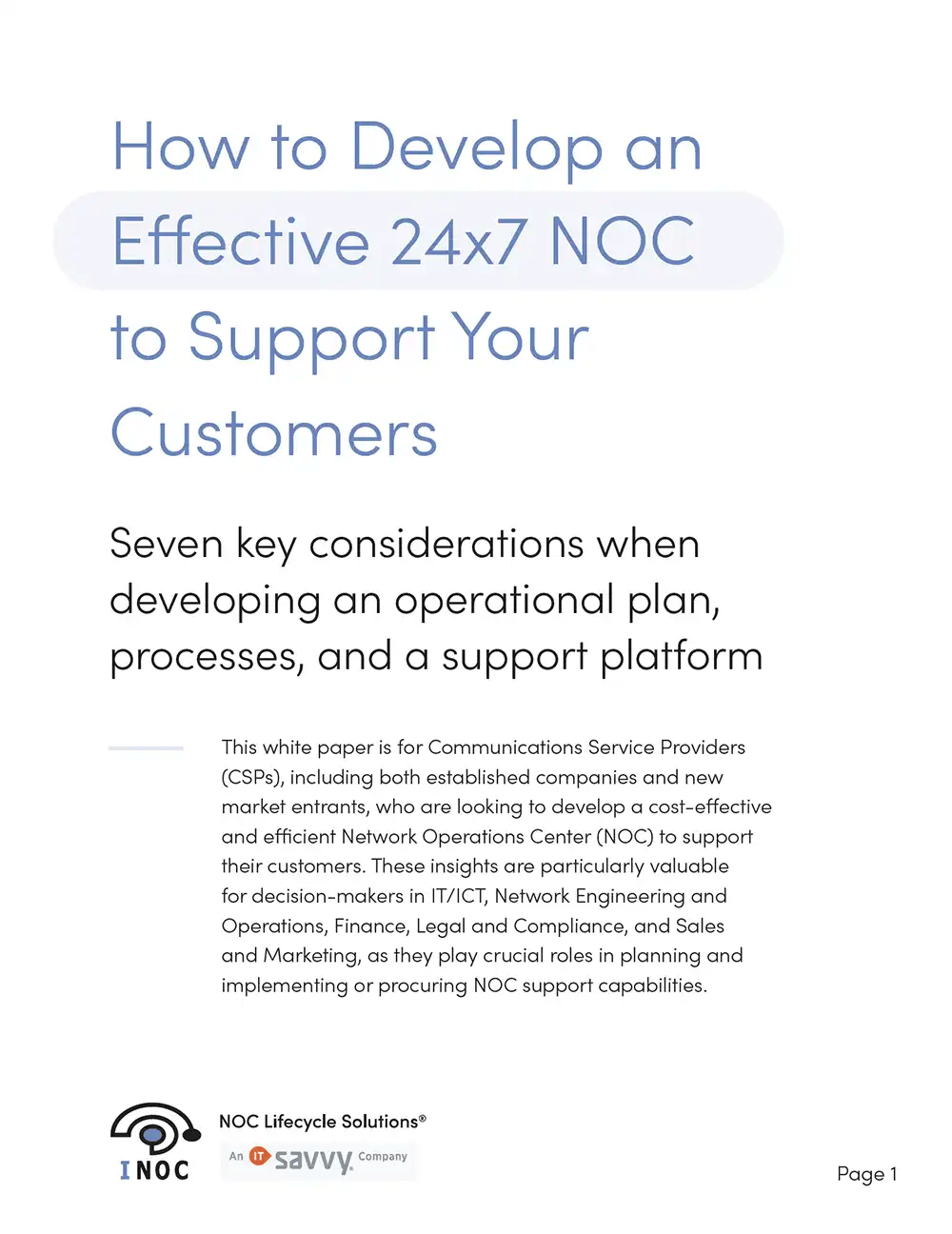

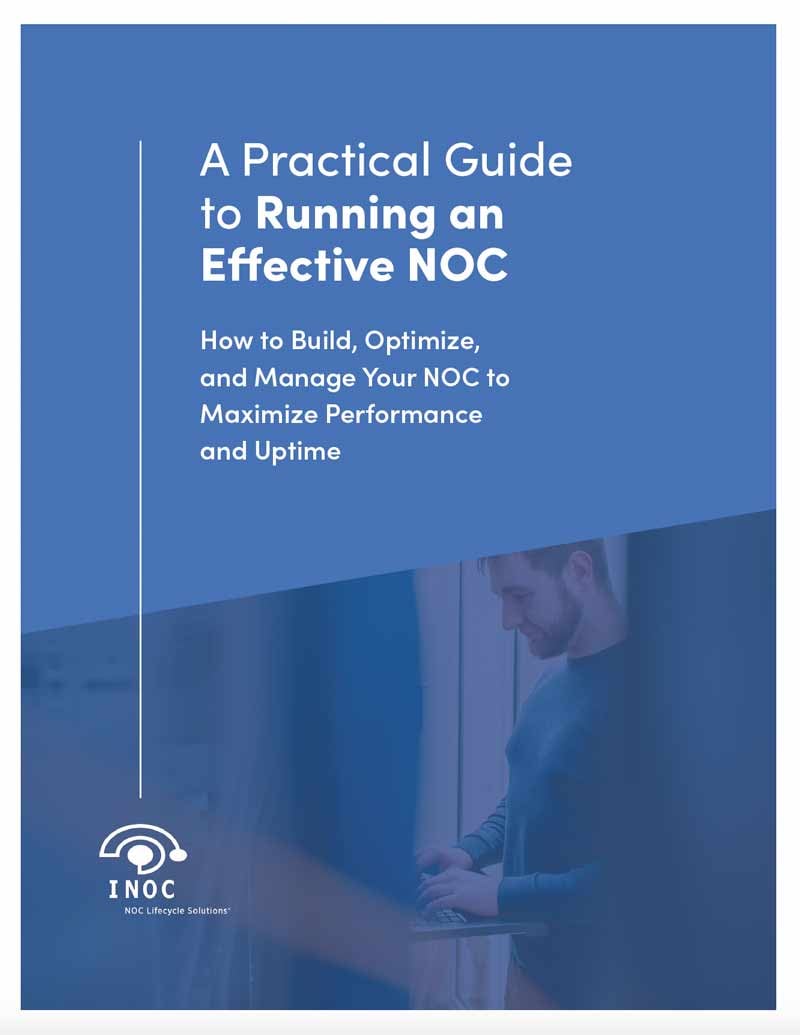
-images-0.jpg?height=2000&name=ino-WP-NOCPerformanceMetrics-01%20(1)-images-0.jpg)



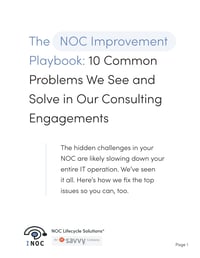

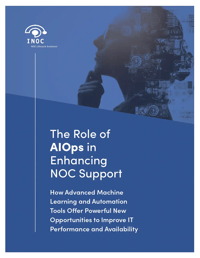

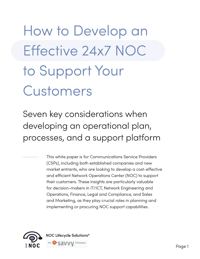
-images-0.jpg?width=200&height=259&name=ino-WP-NOCPerformanceMetrics-01%20(1)-images-0.jpg)